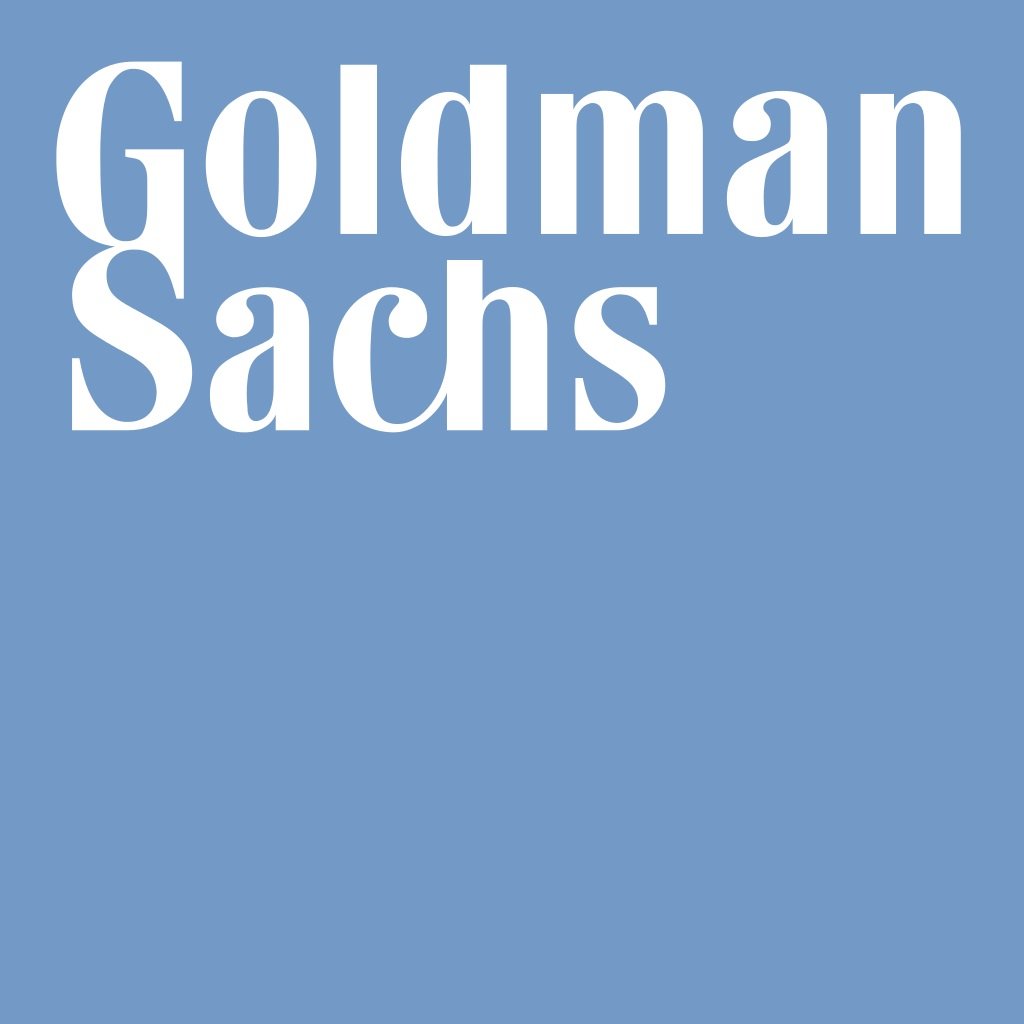

Goldman Sachs Group Inc. (NYSE: GS) is often considered to be the most influential brokerage firm on Wall Street. After all, it almost exclusively caters to the wealthy investors and institutions, outside of its retirement asset and money management operations. So should investors be concerned when the mighty firm has downgraded its weightings for equities?
Goldman Sachs lowered its equity weighting to Underweight for the next three months. 24/7 Wall St. would point out that there are effectively 10 points that matter here for equity investors.
There is no assurance that Goldman Sachs is correct in its views. Note that Goldman Sachs still has many individual stocks with Buy ratings, and it has not disbanded its Conviction Buy list. It also has maintained a Neutral view for stocks over the coming 12-month period.
It was noticed that the credit sector — bonds to you and me — remained as Overweight in this weightings effort. Goldman Sachs noted less-negative asymmetry versus equities, which effectively means that lower rates will last for longer — ditto for the nations with negative rates.
One key issue that should be noted is that global equities are now said in its note to be trading at the high-end of what was called a “fat and flat range.” This simply means weaker than expected earnings growth and high valuations.
A second issue to consider, which is reiterated from above, is that Goldman Sachs is still not even positive on equities in the longer term. For a 12-month horizon, Goldman Sachs just has a “neutral” weighting on equities.
A third consideration is that Goldman Sachs effectively is telling its customers to expect no significant return on their money. They kept an Overweight weighting in cash. Cash earns no money, and you never hear about a great rally in the cash market.
Fourth is that some of the continued excitement has been around international issues, which might not be right. Stimulus in China and uncertainty in Europe come at the same time as a dovish Federal Reserve. Heightened prospects of potential international shocks remain a risk.
A fifth risk pointed out is what would happen if there is an exit to the equity sector. This would be deemed as painful for investors who seek multiple asset classes because there would be very few places to go, with bond yields being so low.
Sixth, the current expectation is of even more central bank easing, at the same time that there is support from better market fundamentals. In short, what if the Fed’s hint last week about the downside risks being diminished means it actually starts to raise interest rates again?
A seventh issue is the valuation tie of stocks and bonds. They have rallied together in a race for yield, and Goldman Sachs worries that this has driven inflated valuations on both classes simultaneously.
The eighth issue is that Goldman Sachs is calling for at least a marginal rate hike in 2016. It sees the Fed at a 65% chance of a rate hike this year. That is at 20% for September and a 45% chance for December.
A ninth issue is that Goldman Sachs is currently expecting a 25 basis point rate cut from the Bank of England. It also expects quantitative easing measures, like bond buying and perhaps corporate purchases, as well as extending the funds for lending incentives.
And number 10, Goldman Sachs expects the European Central Bank to announce in its quantitative easing measures that it will extend asset purchases through the end of 2017.
Maybe there is some overlap here. Maybe Goldman Sachs is wrong. The real issue is that all the expectations point to a continued weak organic growth scenario for the economy. Either way, there were even more issues brought up by the firm when it downgraded the equities weighting.
Some extra food for thought aside from the issues brought up in this downgrade:
- Jeff Gundlach has more or less said to sell everything.
- S&P 500 is trading at 17.8 times forward earnings, after it peaked at 18 times, and the average is closer to 16.5.
- U.S. gross domestic product rose only 1.2% in the second quarter (versus 2.6% expected), and the first quarter’s final GDP was revised lower to a gain of 0.8% from 1.1%.
- Worries of a dividend chase bubble: Vanguard’s $31 billion Dividend Growth Fund was just closed off to new investors, admitting inflows were getting hard to manage without compromising on competitive long-term results.
Take This Retirement Quiz To Get Matched With A Financial Advisor (Sponsored)
Take the quiz below to get matched with a financial advisor today.
Each advisor has been vetted by SmartAsset and is held to a fiduciary standard to act in your best interests.
Here’s how it works:
1. Answer SmartAsset advisor match quiz
2. Review your pre-screened matches at your leisure. Check out the
advisors’ profiles.
3. Speak with advisors at no cost to you. Have an introductory call on the phone or introduction in person and choose whom to work with in the future
Take the retirement quiz right here.
Thank you for reading! Have some feedback for us?
Contact the 24/7 Wall St. editorial team.



